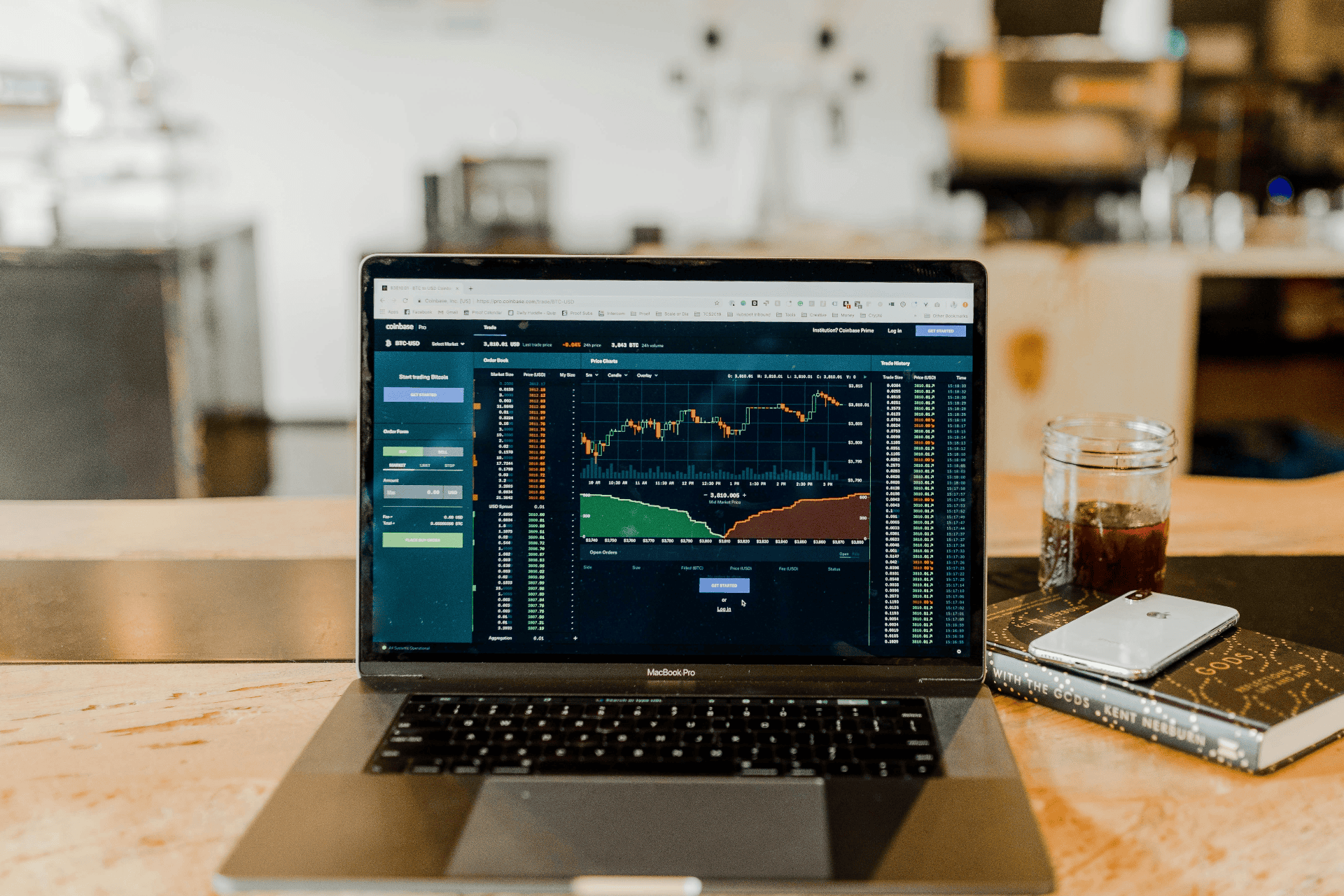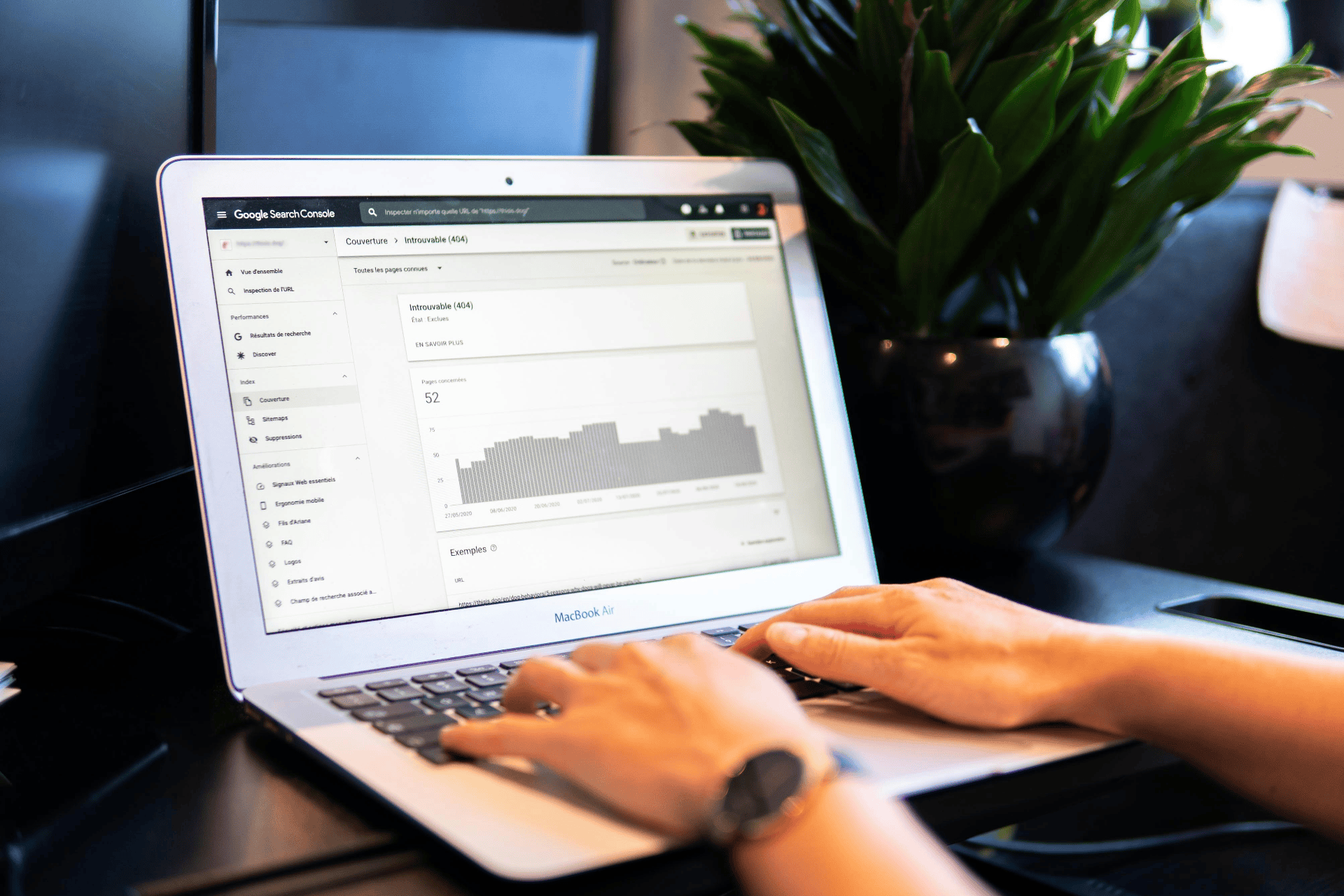Market intelligence and competitive analysis provide crucial insights for businesses to stay competitive in foreign markets. Gathering market intelligence involves understanding customer preferences and market trends, while competitive analysis focuses on analyzing competitor strategies and strengths. By leveraging technology, establishing networks, and continuously monitoring the market, businesses can make informed decisions and adapt strategies to stay ahead of the competition.
In the fast-paced and dynamic global marketplace, staying competitive in foreign markets requires businesses to have a deep understanding of their target markets and competitors. Market intelligence and competitive analysis play a crucial role in providing insights and strategic information to make informed business decisions. By gathering and utilizing market intelligence effectively, companies can gain a competitive edge and capitalize on emerging opportunities.
Market intelligence involves collecting and analyzing data about the target market, including customer preferences, market trends, economic indicators, and regulatory changes. This information helps businesses identify market gaps, understand customer needs, and tailor their strategies accordingly. Market intelligence can be gathered through various sources, including market research reports, surveys, interviews, and data analytics.
Competitive analysis, on the other hand, focuses on understanding the strengths and weaknesses of competitors in the target market. By analyzing competitor strategies, product offerings, pricing, distribution channels, and marketing tactics, businesses can gain insights into the competitive landscape. This enables them to identify opportunities for differentiation, develop effective marketing campaigns, and make informed decisions regarding pricing, product development, or market positioning.
One of the key elements of effective market intelligence and competitive analysis is leveraging technology and data analytics. Advanced data analysis tools can help businesses process large volumes of data, identify patterns, and extract valuable insights. Social media listening and sentiment analysis can provide real-time feedback on customer perceptions and market trends. Artificial intelligence and machine learning algorithms can analyze data to predict market shifts or identify untapped customer segments.
In addition to technological tools, businesses should also establish strong networks and partnerships to gather market intelligence. Collaborating with local industry associations, trade organizations, or consultants can provide valuable insights into market dynamics, regulatory changes, or emerging trends. Engaging with local distributors, suppliers, or customers can also offer firsthand knowledge of the market landscape and competitive environment.
Furthermore, continuous monitoring and updating of market intelligence are essential to stay relevant and responsive to market changes. Markets evolve, consumer preferences shift, and new competitors emerge. By regularly reviewing market intelligence, businesses can identify emerging trends, evaluate the success of their strategies, and adapt their approaches accordingly.
Utilizing market intelligence and competitive analysis effectively requires a proactive and strategic approach. The insights gained should be translated into actionable strategies and tactics. This may involve refining marketing campaigns, adjusting pricing strategies, developing new products, or exploring new distribution channels. By leveraging market intelligence, businesses can make informed decisions that drive growth, increase market share, and maintain a competitive advantage.
Related Information



















































